6 Lessons from the Lightweights
By Carol Cronin (Photo courtesy of Matias Capizzano) Kim Couranz and I top out at a combined 280 pounds (127 kg), and more than one well-intentioned friend has quietly suggested we find heavier teammates. But we like sailing together too much for that, so instead we have worked hard to minimize our limitations. Here are six lessons we learned at the 2015 Worlds. ...
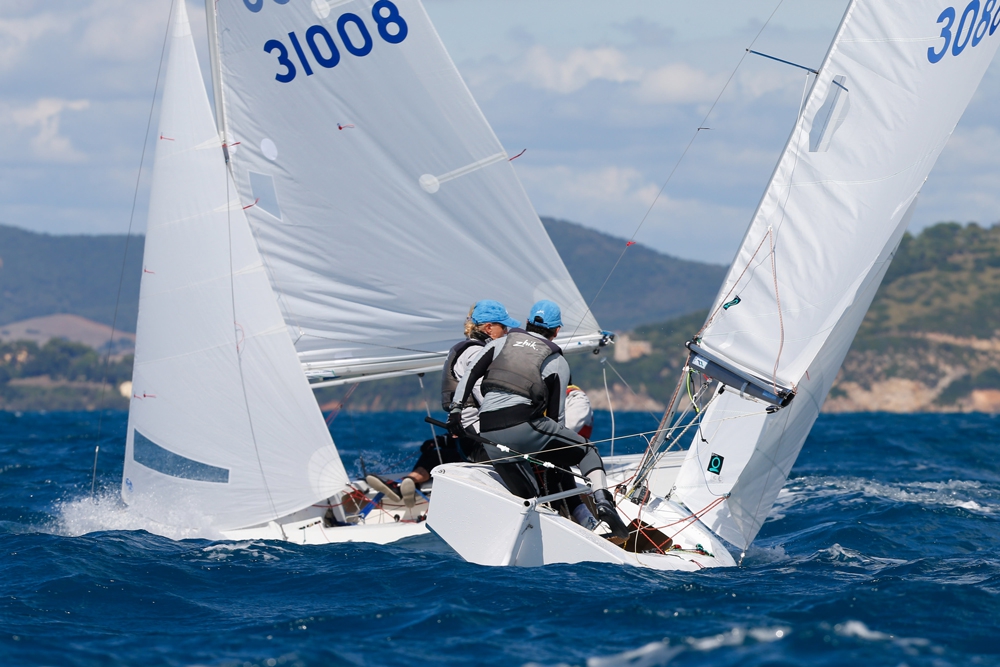

By Carol Cronin (Photo courtesy of Matias Capizzano)
Kim Couranz and I top out at a combined 280 pounds (127 kg), and more than one well-intentioned friend has quietly suggested we find heavier teammates. But we like sailing together too much for that, so instead we have worked hard to minimize our limitations. Here are six lessons we learned at the 2015 Worlds.
…
1. You need great equipment to look smart. As George Szabo likes to say, the Snipe is a technical boat until you get up to speed, and only then does it become tactical. Thanks to Peter Commette’s generosity, we sailed a new DBR-1 in Talamone. The first day’s results (two finishes in the 50s, due to the centerboard moving around in the trunk) show that we didn’t quite complete Peter’s pre-race prep list, but by day two the boat was ready to take on the top group. Without a competitive boat, mast, and sails, and a set up that works for the conditions, there’s no way to know whether you’re sailing well or not.
2. Big fleets reward risk management. Snipe fleets in the US are seldom bigger than 40 boats—and we know most of the sailors, so we can predict their behavior. I’d never started in an 83 boat fleet before—and almost every team was basically up to speed and vying for a front row seat on the starting line. It took more practice starts than it should have, but by the end of the week we were minimizing our risk, both on the starting line and throughout the race that followed. That was critical, because once we got behind it was really hard to catch up again.
3. Make one change at a time. If the boat doesn’t feel right, it’s important to try something different—but it’s easy to make too many changes at once and not know which did what. The Snipe has a lot of options for adjusting sail shape and tuning, and some are more subtle than others. What makes it even harder is that every control does something slightly different, but they are all interconnected. The only way to learn is by trial and error.
4. Fitness shows at a long regatta. Looking around the boat park at the end of day three, I saw a lot of tired sailors—and that was before we spent two back to back eight hour days on the water. Kim and I were still going strong on day six, and it was a great confidence boost to realize that the longer the regatta lasted, the better we would perform relative to most other teams. That stemmed from a combination of strength and aerobic conditioning (a long-term investment of time and energy well ahead of the event) and eating well on/off the water during the regatta. Yes we had our morning cappuccinos and croissants, but otherwise we fueled well both on and off the water—thanks in large part to the easy-to-carry and digest Hammer Nutrition products we consumed while sailing.
5. Keep it simple. For the past four years, we’ve gradually worked toward racing with one set of sails and one basic boat setup that we can quickly adjust on the water for any condition. Talamone’s difficult to predict breezes turned out to be a great place to put this to work. I wouldn’t have slept nearly as well if I’d been worried about how to set up each day for the forecast—and we would’ve gotten it wrong more than half the time. It was so relaxing not worrying about our spreader length every time the breeze lightened and filled and then died down again. And thanks to Kim’s speedy adjustments, we were often one of the last teams to tighten or loosen our rig before racing started. I like to think that made our changes more accurate; it certainly saved us time, aggravation, and therefore stress, because we adjusted our shrouds less frequently during those endlessly long waits between races.
6. Ask for advice, but only use it if it makes sense to you. At big events, there’s a lot to be learned from the top teams—but the Snipe also rewards many different sailing styles. All around the boat park, I heard conversations (some should really be called monologues) about what was working that day, or what had worked the previous day, or what would work even better the next day. Blindly copying what your fast competitor does is not going to get you very far in the long run; it’s important to understand why that competitor goes better than you do in certain conditions, so you can develop a setup that works for you.
Comments for this post are closed

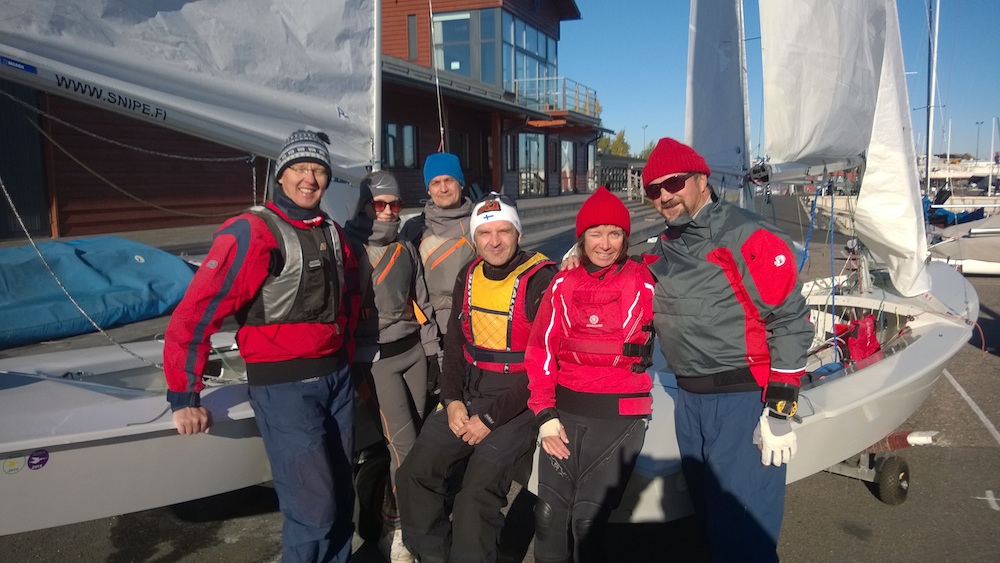
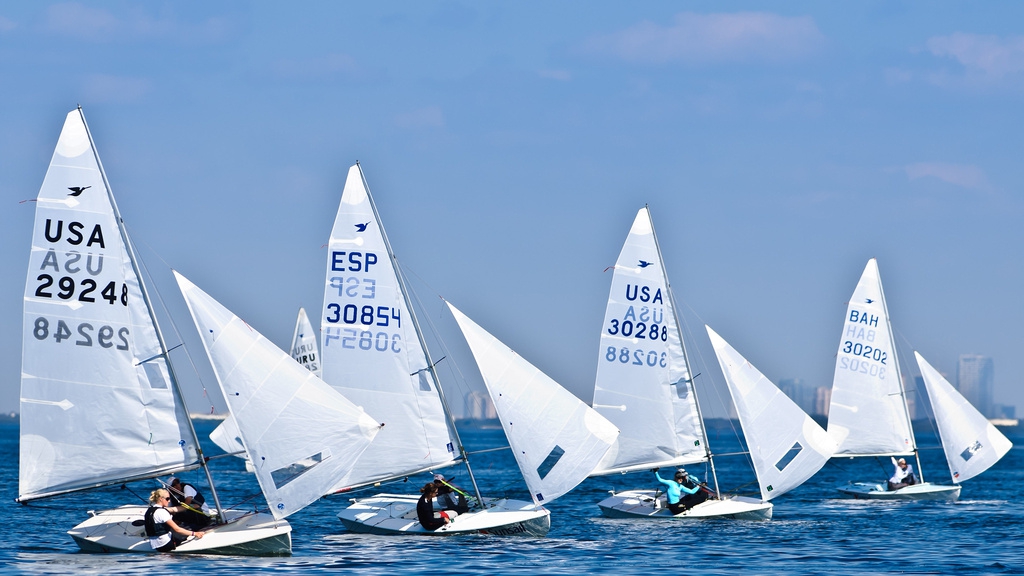



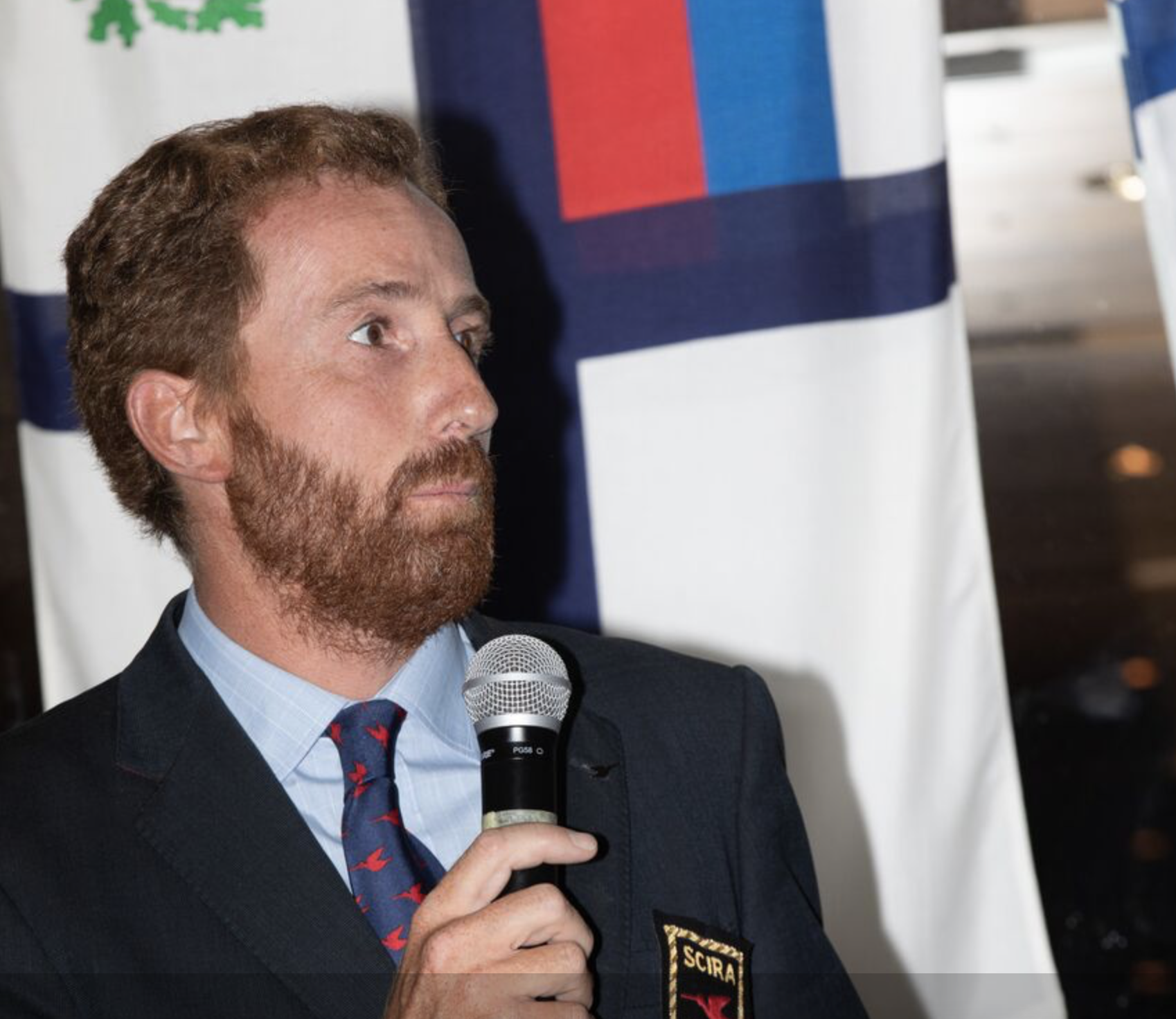
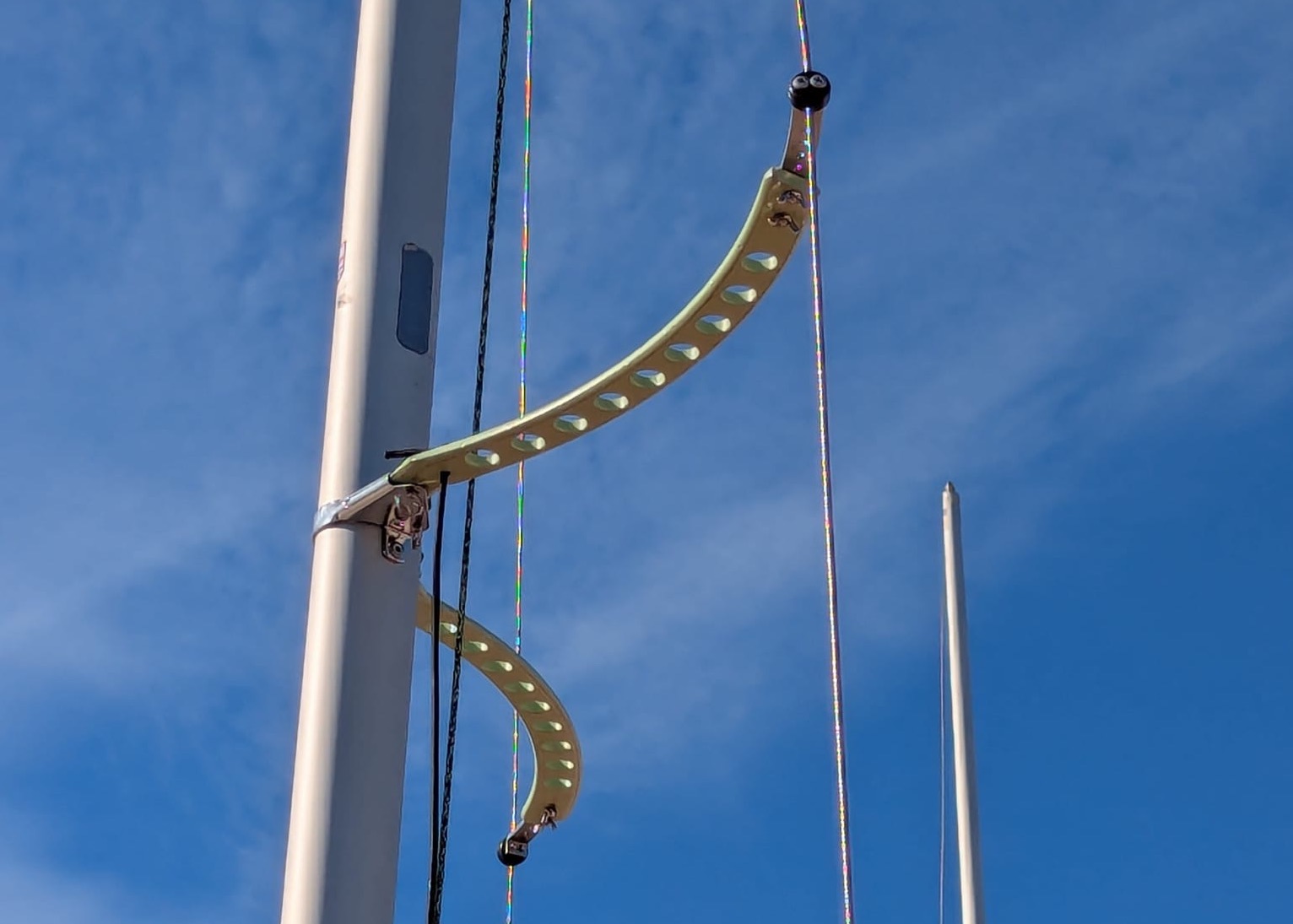
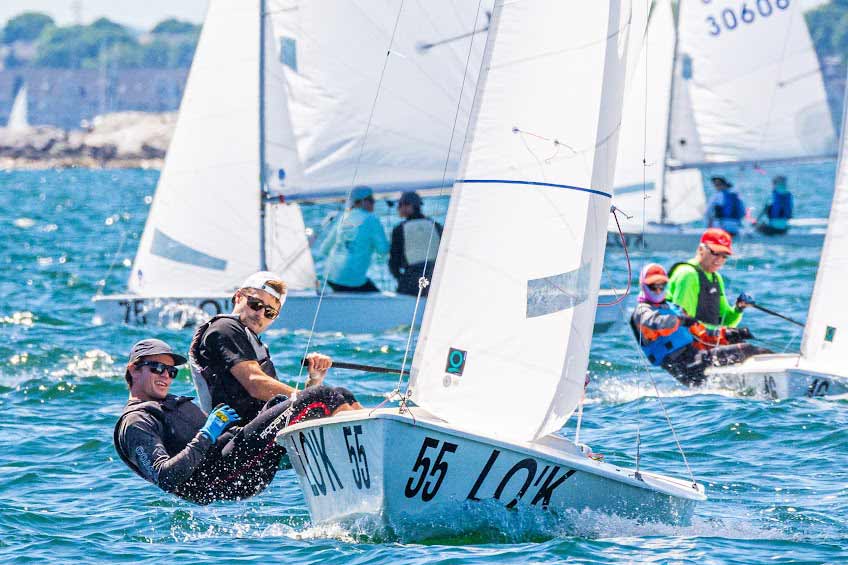
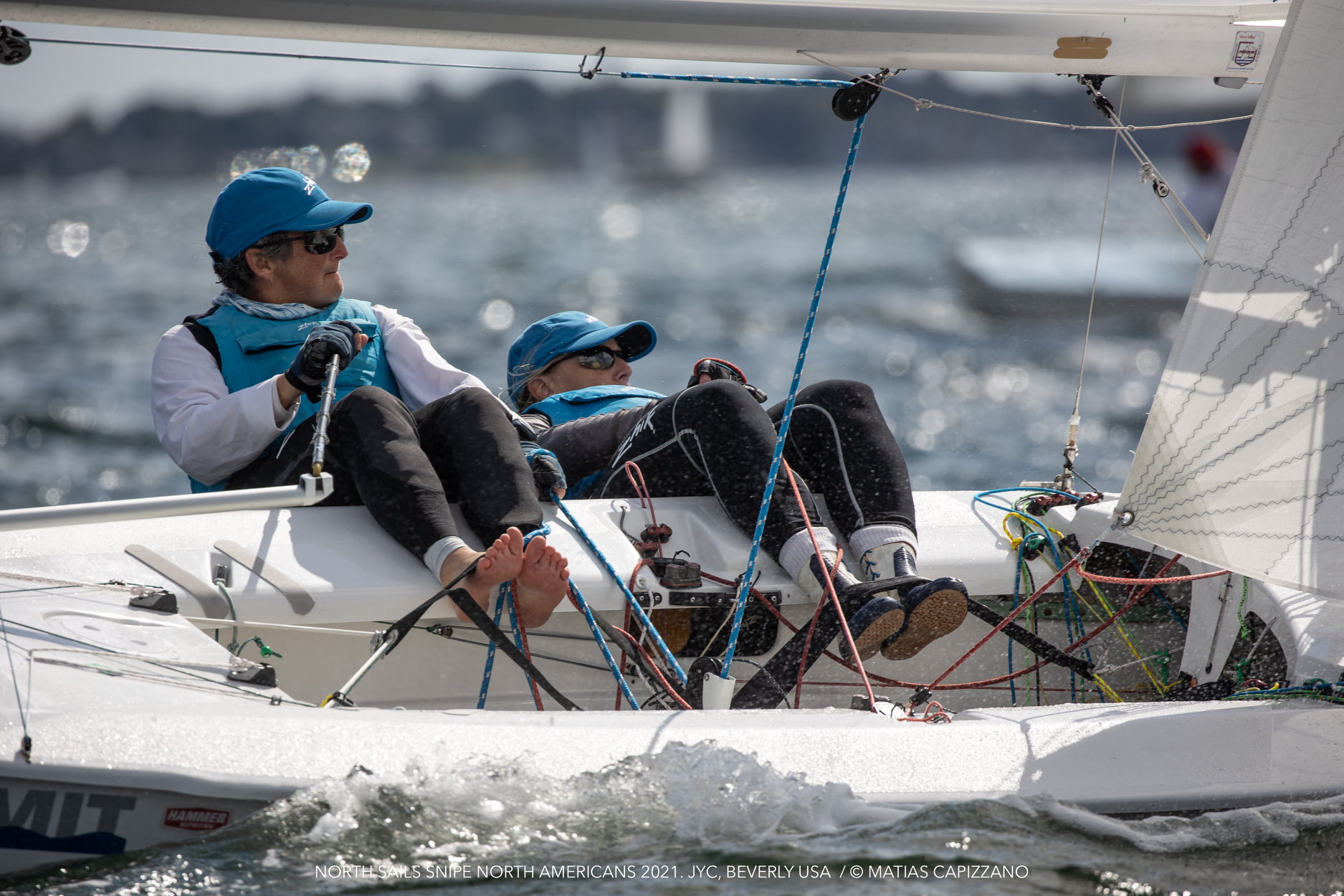
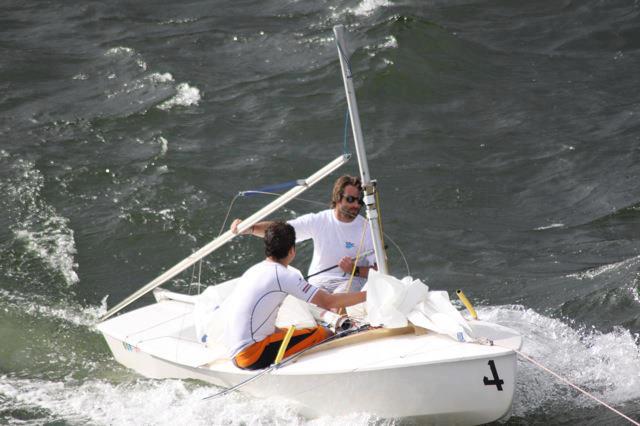

1 comment
Augusto Amato
Very nice article. I sail with my wife and we weight 275 pounds. Undoubtely A lot of extra work shall be done to perform well in anything above 8-9 knots. Congratulations to you both!
Leave a reply
Your email address will not be published. Your comment will be revised by the site if needed.